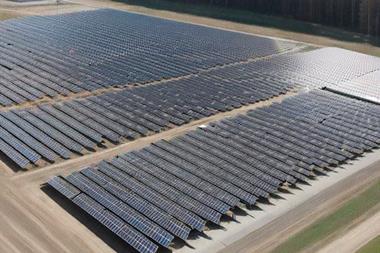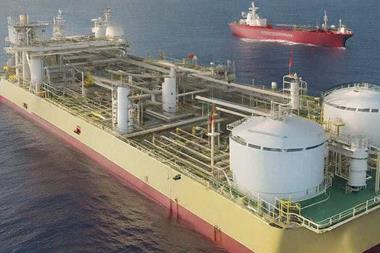EUROPE – Institutional investors are increasingly looking for direct or co-investments in infrastructure as they have become more cautious about private-equity fee structures since the onset of the global financial crisis, a new report has found.
According to an infrastructure outlook released by Preqin, concerns over the use of the private-equity fee structures in infrastructure has pushed institutional investors to find new ways of gaining exposure to the asset class.
While 36% of the investors surveyed currently invest directly in infrastructure and 32% make co-investments, these routes to market have the potential to grow in the future, with 44% of them planning to invest directly and 45% seeking to make co-investments.
However, the report also showed that infrastructure funds remain the primary way of gaining exposure to infrastructure assets for the majority of investors, with 72% of respondents using this approach.
Preqin said in its report: "It is unlikely that the private equity fund model used by unlisted infrastructure funds will change drastically in future, though infrastructure fund/fee structures will continue to be adapted to suit the risk profile of specific assets."
In spite of the concern voiced by the institutional investor community over the fees structure, the confidence in infrastructure remained strong last year, with many investors looking to increase their exposure to the asset class, according to Preqin.
Discussing the infrastructure outlook for 2013, Preqin added that none of the surveyed investors were planning to remove infrastructure from their portfolios in the future.
The survey instead established that 58% of them would likely raise their allocation to the asset class over the next 12 to 24 months, with 58% of respondents expecting to increase their allocation and 38% planning to maintain their level of exposure to the asset class.
In the long term, the outlook is particularly positive, with 62% of investors expecting to increase their exposure to the infrastructure asset class, and a further 36% aiming to maintain their current allocation.












